Naked or Clothed: What’s Really Normal?
We’re born in a beautiful bundle of flesh. It’s not in our inherent nature to cover up our bodies… it’s societal pressure that makes people not even question it. In fact, when you take a look at all of human history, wearing clothing is a recent trend, and it’s even newer in Southeast Asia. The spread of religion and colonialism influenced people to cover up, despite centuries of nudity accepted as the norm. Today, it’s only isolated groups who were more immune to colonial influence, that still remain nude.
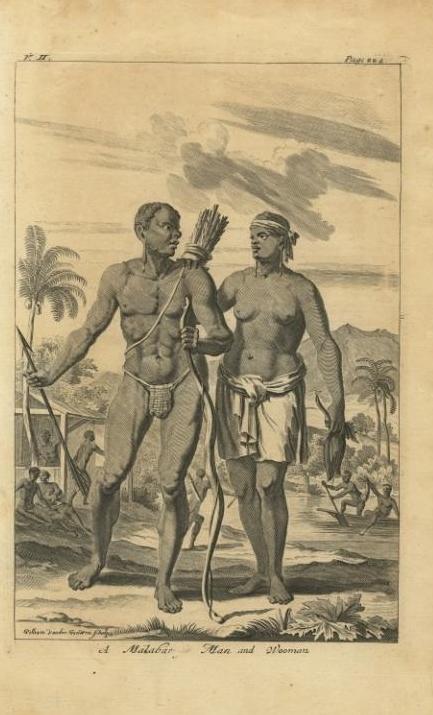
Prior to colonialism in Southeast Asia, nudity was nothing out of the ordinary, due in part to the tropical climate. In some regions, the naked body was regarded as a blank canvas, to be decorated with tattoos, paint, natural dyes and materials. Body art and simple garments helped people differentiate themselves from others. They were signifiers of social status, political standing and religion. Wrapping could be made from bark cloth, and often worn over the lower body, like the Malabar people above.
That is, until the pressure to get dressed swept through the world. In the 1200s, Islam took hold in certain regions of Southeast Asia and women began to cover bare breasts.
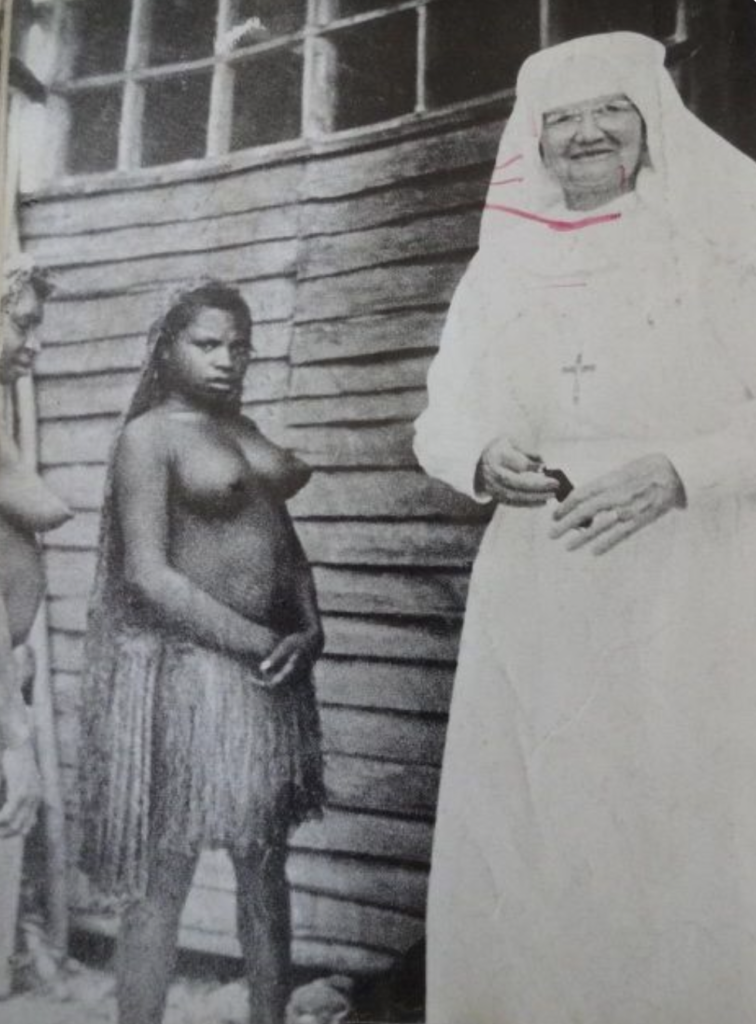
In the early 16th century, the first Western colonists arrived and were scandalized by nudity they observed. Missionaries swiftly got to work, and men and women adopted Western norms of dressing. Today, modern clothing has spread to most of Southeast Asia, while traditional dress is reserved for certain rituals and ceremonies.
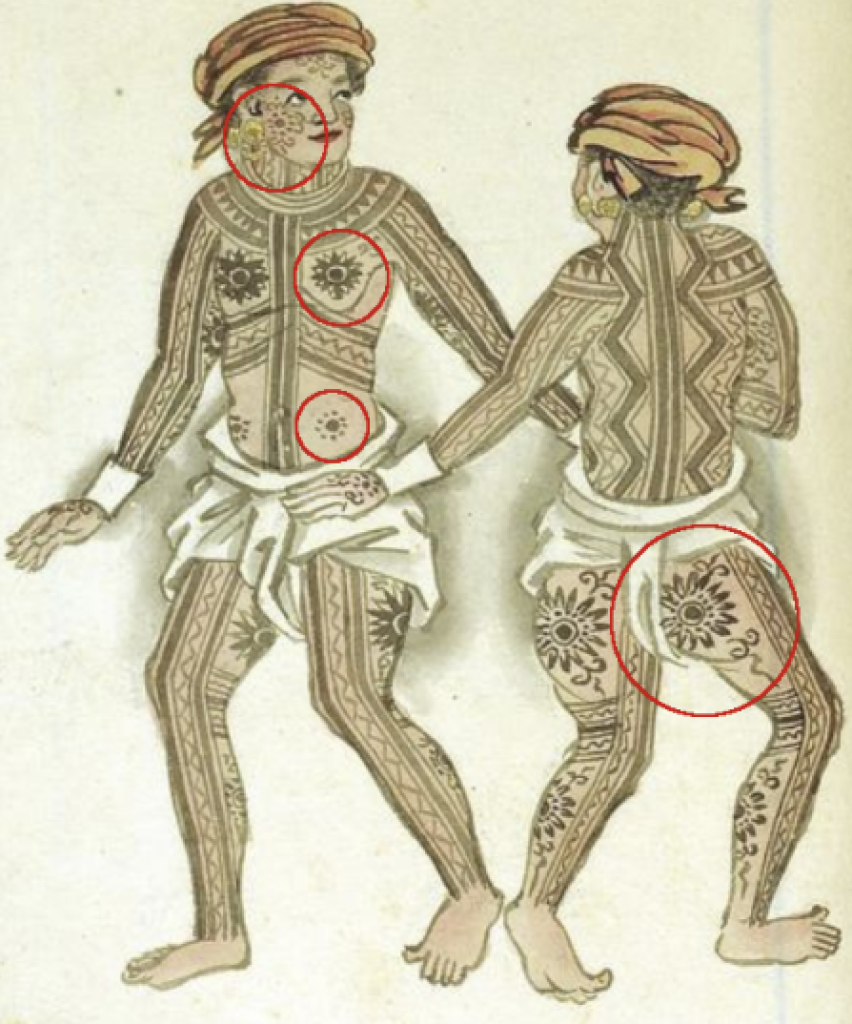
For example, in 1521, the Spanish came across the Visayan people in pre-colonial Phillipines, whom they called “the painted ones.” The men were covered in tattoos, earned by valiant acts in battle, and only wore a bahag (a sort of wrap-around skirt). The best warriors had face tattoos, the ultimate being applied to their eyelids. Partial nudity was normal because the Visayan men were proud to display their hard-earned tattoos. Swiftly, the Spanish introduced Christianity to the Visayans and by the 17th century, Visayans wore clothing that was considered “acceptable” by Western standards.

It’s important to note that some regions of Southeast Asia were slower to adopt clothing than others. For example, on the Hindu island of Bali, toplessness was still the norm among women just 40 years ago. Even today, public nudity is acceptable for the purpose of getting oneself clean. One can even take a walk along a Southeast Asian river, and sometimes see naked individuals bathing. They usually give a smile and a wave – no reason to hide from a passerby.
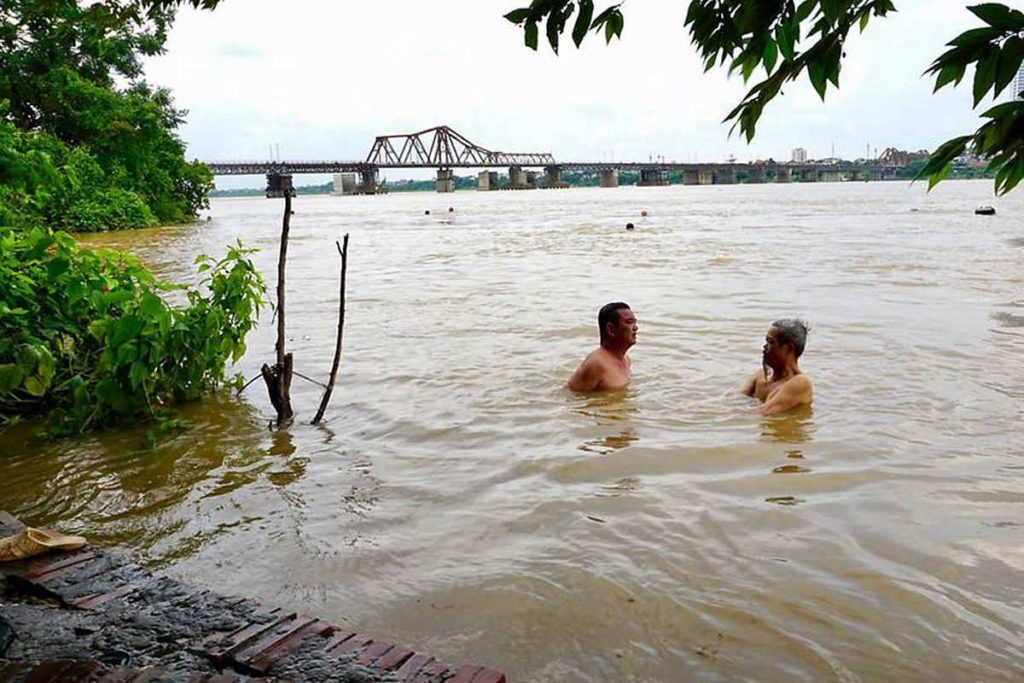
To the East, on the island of Borneo, there are over 200 river-dwelling tribes called the Dayak people. Men wear loincloths and women only wrap their breasts if they’re too big and intervene in their farm work.

Due to limited contact with the modern world, the native tribes of New Guinea are nude to varying degrees. Two tribes have been documented to walk around completely naked. Most tribal men wear gourds to cover the shafts of their penises, called horim. It’s shaped like a long cone, and each tribe wears it in its own way – some sticking out, others sticking straight up to the chin, and other tribes don’t even wear long cones, they wear curly, shorter ones. Practitioners of CBT will enjoy this next factoid: the gourds are secured with a strand of pig guts, tied around the man’s testicles, and then brought up around his hip bones!
The Upper Sepik tribes use resin to make the horim heavier and then use their penises as drumsticks during traditional dance rituals. Women in these tribes mostly remain topless, and only recently began to wear skirts, due to increasing contact with Westerners. Most of these tribes can only be seen on anthropological expeditions, and prefer limited contact with the modern world.

Prior to the spread of religion and colonialism, clothing was not everyone’s “normal.” Today, getting dressed is an unconscious decision that many people never even question. Slipping on a t-shirt and pants is meaningless… routine, and nothing more. In contrast, the indigenous groups of Southeast Asia wore less clothing, but decorated their bodies in ways that held important meaning to their culture. As humans, we have the power to assign meaning to modern clothing, or to take that power back.
At Everything To Sea, we sail away from society and its norms. Cruising through remote islands, one can even imagine they’ve gone back in time to when the nude body was accepted and celebrated. It’s a great feeling – to feel connected, in touch with ourselves and our surroundings. How have nudity norms changed over the last few decades where you live?

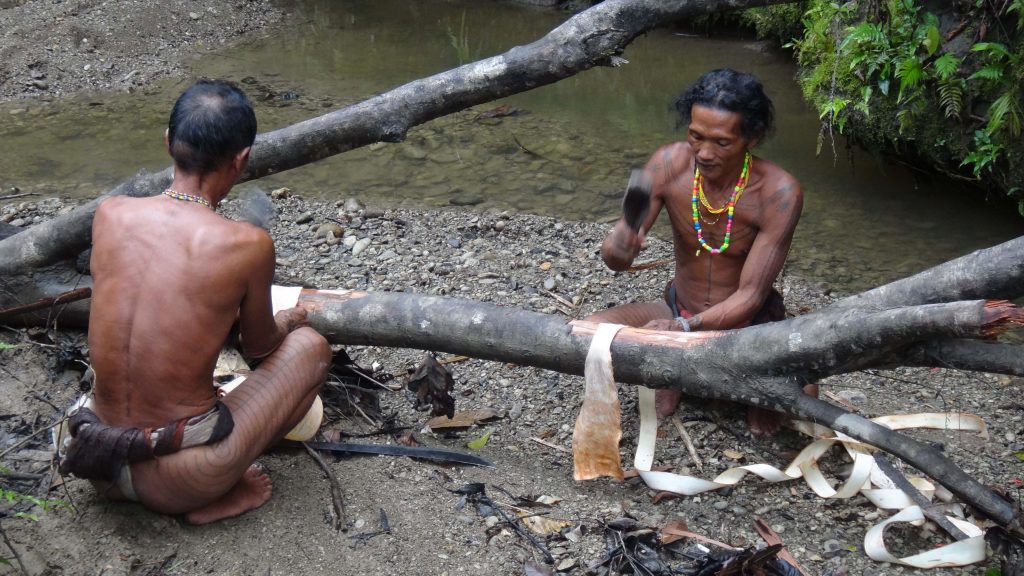
Nude should be the normal look!
We couldn’t agree more! Thanks for reading.
An eye opener article. I learned a lot reading it. Thank you !
Norman L
Great to hear that you enjoyed the article, Norman 🙂
Just love your newsletters. The photography is always outstanding.
One day……..
Thank you, Hank! We hope “one day” is soon…
If God wanted people to be naked they’d have been born that way.